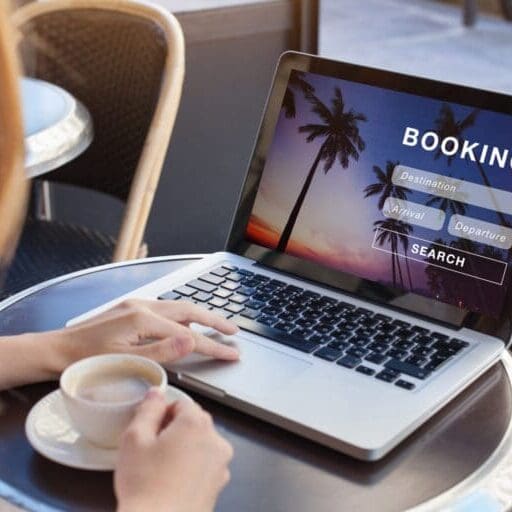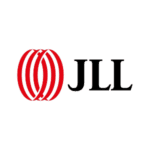 Having an effective rate plan is essential for hotels. Rate plans help you maximize revenue during slower seasons, allow you to provide more pricing options for your guests, and keep your property competitive in your market.
Having an effective rate plan is essential for hotels. Rate plans help you maximize revenue during slower seasons, allow you to provide more pricing options for your guests, and keep your property competitive in your market.
Here are 4 categories of hotel rates plans you can explore to create a strategic pricing strategy at your property.
Evergreen rates
Evergreen rate plans retain their value regardless of location, season, or audience. All hotels should have at least some evergreen rate plans. Examples of evergreen rates include:
Best available rate
Your best available rate (BAR) is the lowest rate you can offer guests. You can have a couple of BAR plans per season. Having BAR plans in place demonstrates the transparency of your hotel’s direct bookings rates compared to OTAs and other third-party websites.
Breakfast rate
If you have an on-site restaurant, then you can offer a rate with breakfast included. This rate plan can be attractive to a lot of your guests, especially those on business trips or those who want to get in a quick meal before exploring the local area, like families.
Some hotels already have a complimentary breakfast included in all booking rates. If that’s you, you can charge an optional breakfast rate by offering a more premium breakfast.
Advance purchase rate
This rate plan is also known as an early-bird discount. It encourages guests to book their reservation a minimum number of days or weeks in advance. An advanced rate plan usually comes with a no-refund policy, which means that your hotel is guaranteed the revenue.
Package rates
With package rate plans, you create a bundle of the room rate and extra add-ons (e.g. activities and meals). These rate plans are popular among budget-conscious travelers. You shouldn’t display the stand-alone room price in package rates since it comes as a package deal. Package rates you might use are:
All inclusive
An all-inclusive package gives your guests a more seamless travel experience. This type of package rate usually includes the guest’s food, non-alcoholic drinks, an activity, and entertainment within the price.
Wellness
Wellness packages are incredibly popular with guests. You can offer this type of package if you have a spa on-site or if you partner with one in your local area. Examples of wellness package rates include bundling the room price with a couple’s massage or yoga class.
Adventure
Adventure packages bundle room rates with fun and exciting activities in your local area. Activities can include anything from snorkeling to hiking. If you can provide some or all of the equipment for rent at your hotel, you can increase your revenue even further.
Events
Events package rates can tie in with local events or an event you’re hosting on-site. This type of rate involves offering a discount on hotel rooms when your guests buy a ticket to the event, capturing both a local audience and those coming from longer distances.
Dynamic rate plans
Dynamic rate plans are rates that you create based on your target demographics and their purchasing behaviours. Create dynamic rate plans using your BAR as a basis and adding other selected booking factors. Dynamic rate plans can be:
Last-minute discount
With short-notice bookings becoming more common than ever, offering a last-minute discount can be beneficial for your bottom line. It’s best not to offer this type of rate 24/7, though. Guests will catch on and may only ever book last minute to get the deal.
Stay pay rate
This rate plan gets its name from the ‘stay 3 nights, pay 2 nights’ offer that is commonly seen in hotels – especially during quiet periods. With this a stay pay rate, you’re giving your guests a free night/nights stay if they stay for longer.
Length of stay rate
A length of stay (LOS) rate is very common in the hospitality industry and can be executed in different ways.
For example, guests can be given reduced rates for staying for longer periods. This is an effective tactic to use during low seasons. Or, you can restrict bookings to a minimum amount of nights (e.g. 3 nights minimum). This would be used during busier times of the year as a way to keep your rooms booked without lowering your rates.
Promotional rate plans
Promotional rate plans are great for increasing bookings during slow seasons. They can be designed to meet the needs of your local market. Types of promotional rate plans include:
Special offers
Special offers/package rates include add-ons with the room rate. An example is a hotel offering a package deal on nearby tourist activities/excursions. You can partner with local tourist attractions to create a mutually beneficial deal.
Government/student rates
Many hotels offer a discounted rate to students or people who work for the government. Even giving a small discount of 10% can work really well if you’re in an area with a big student or military population.
Memberships
You can partner with or support membership groups by offering a special rate for members. For example, many hotels in the U.S. offer discounts to members of AAA motor club.
Loyalty
A loyalty rate can be used to reward repeat guests for booking a return stay directly with your hotel. You can let guests know about this offer at checkout or through marketing emails.
These rates are effective hotel pricing strategies, but there will be some that work better for your hotel/your guests than others.
When you use different rates, having channel management software that can connect multiple rate plans to OTAs and other online booking platforms is essential.
Measuring the effectiveness of your rates
Knowing how effective your rate plans are is an important part of revenue management. Spend time tracking their performance over time to determine which of them bring in the most amount of revenue and when.
You should be able to do this through your PMS software. A good PMS software will help you manage your rates all in one place and allow you to track their revenue and performance through detailed reports.
Offering too many different types of rates can be confusing and off-putting for guests. We recommend refreshing your rate plans periodically to test out what works best for your hotel. This way you’ll be able to discover and maintain a healthy rate plan strategy that will continuously help you gain more bookings and revenue year around.


















